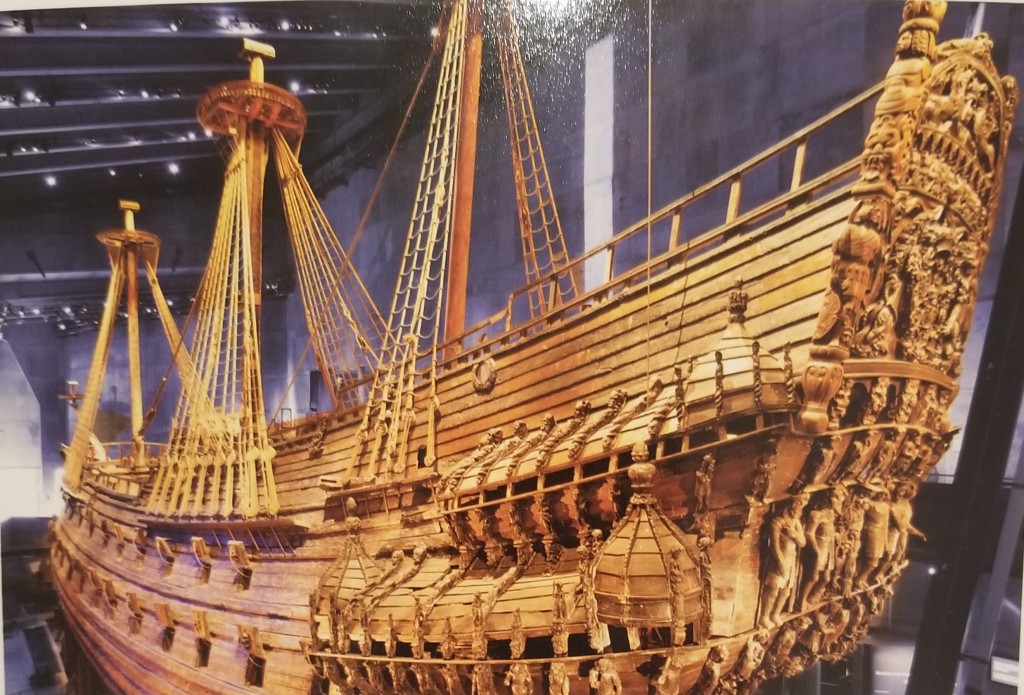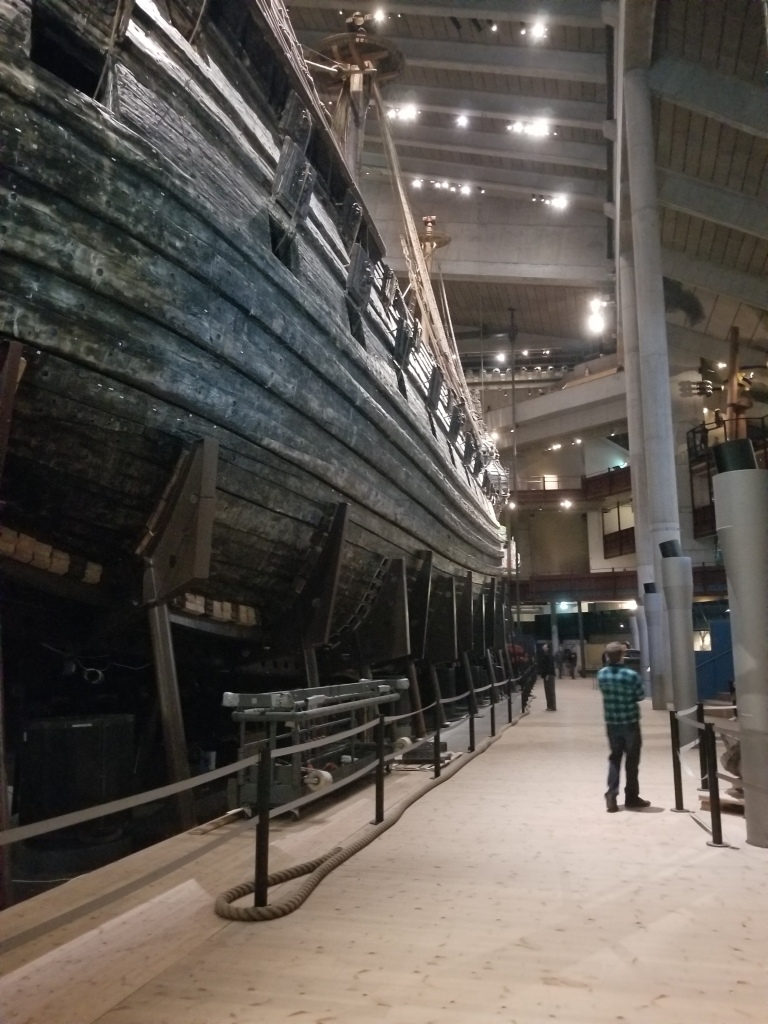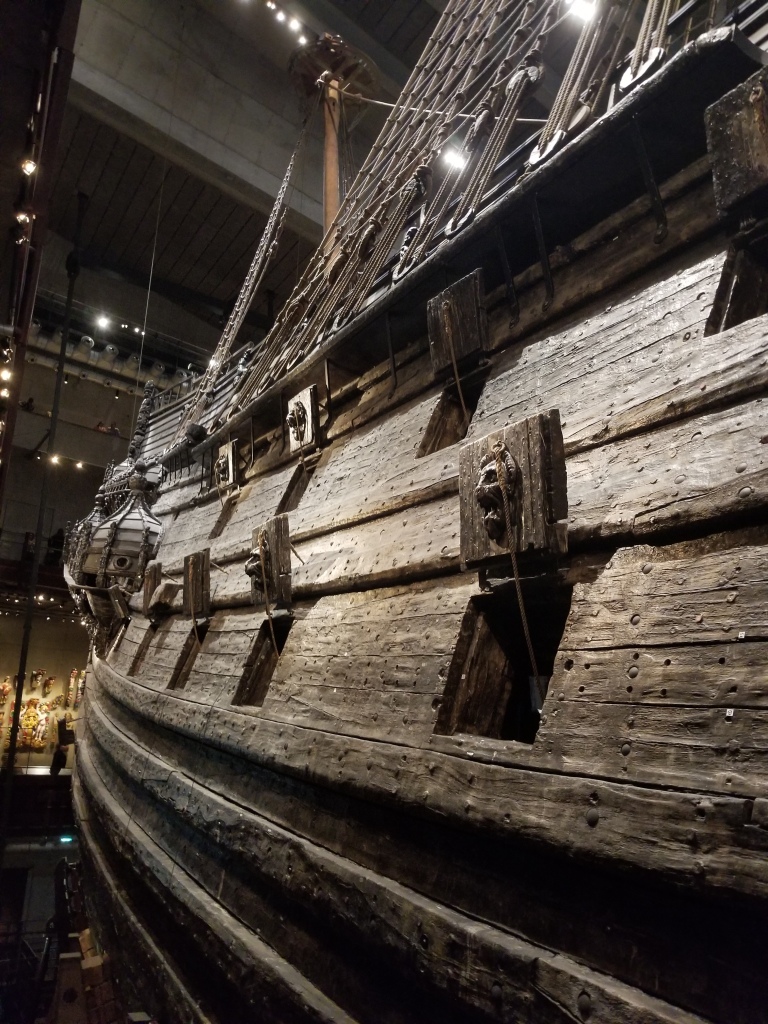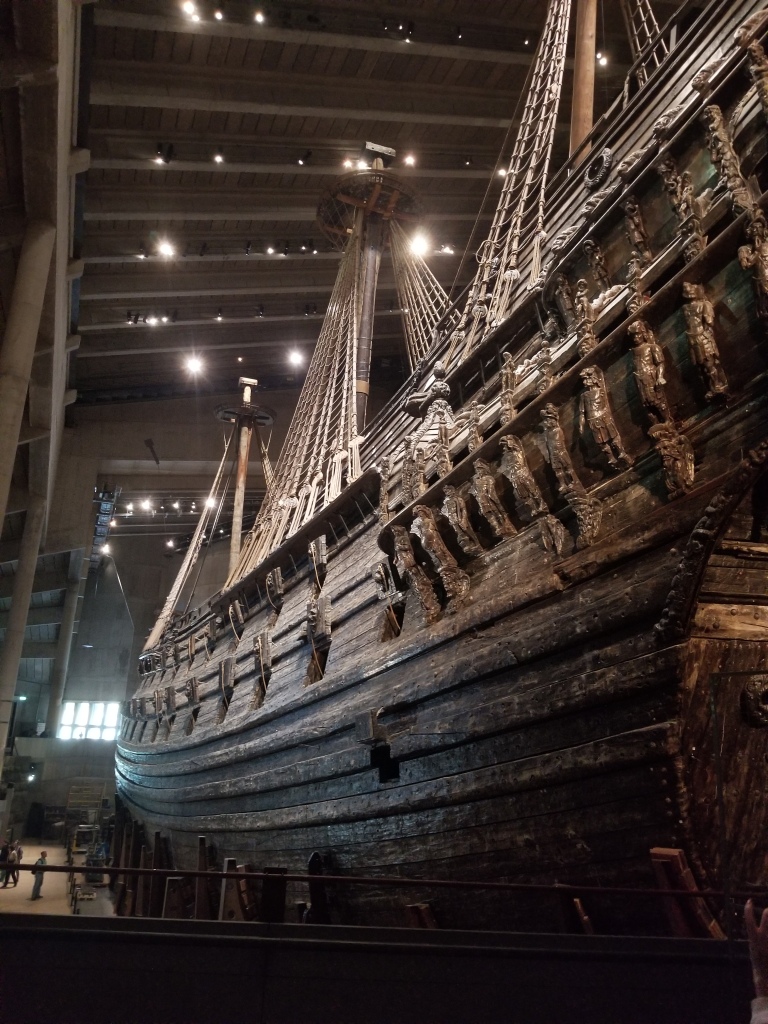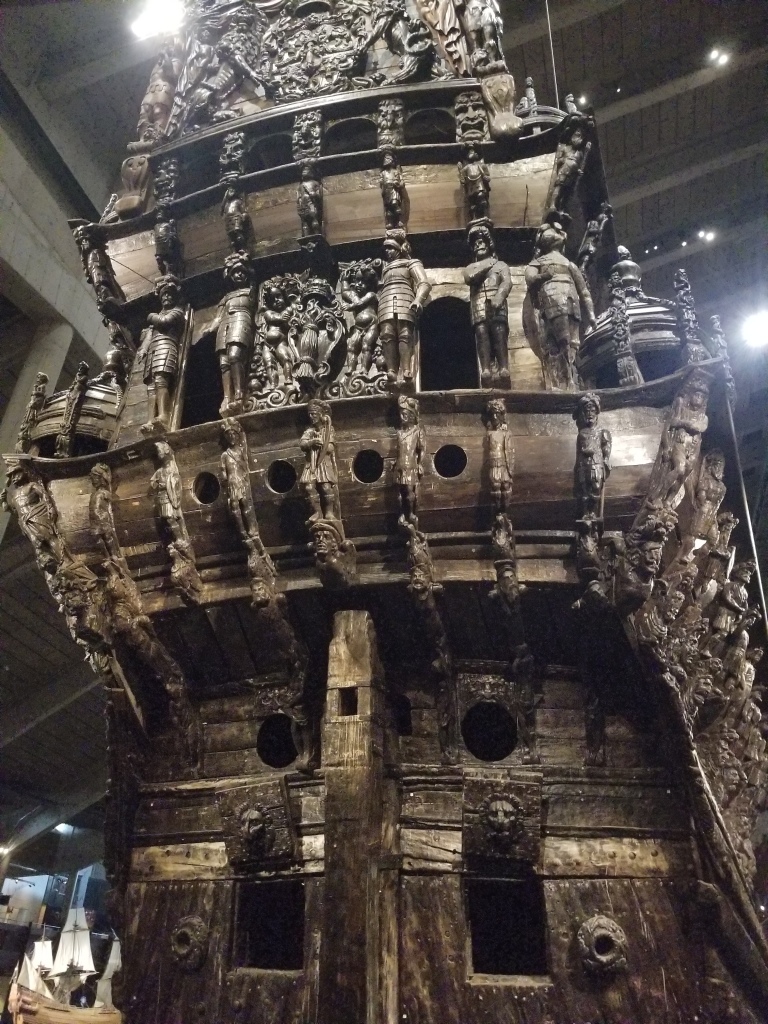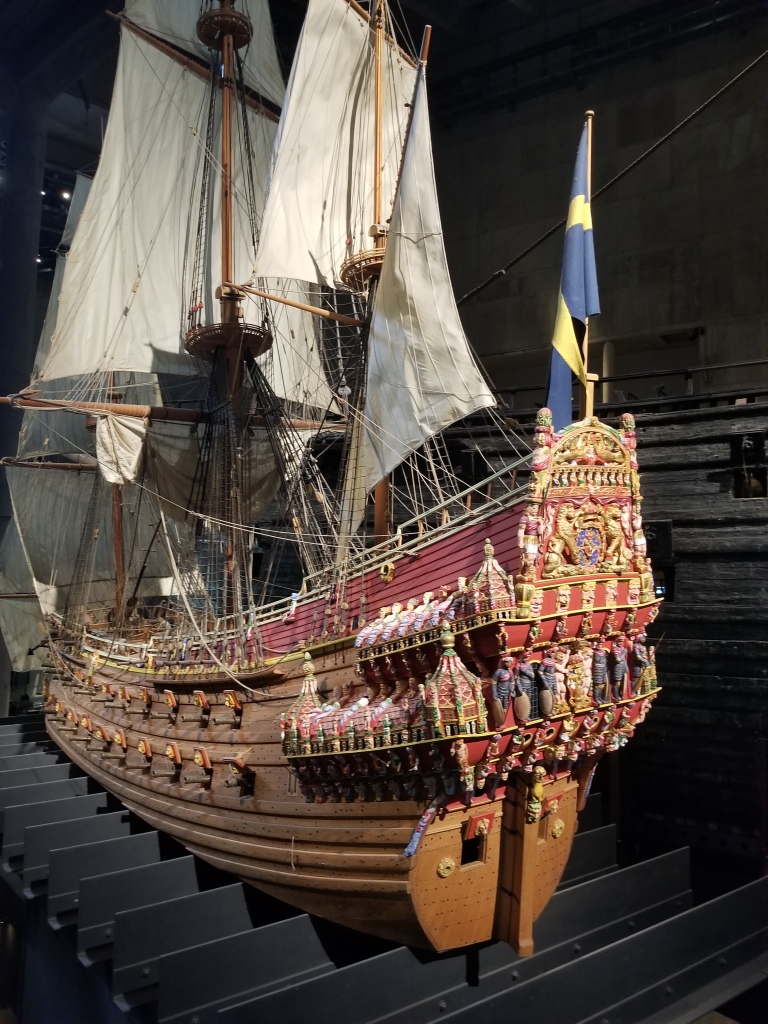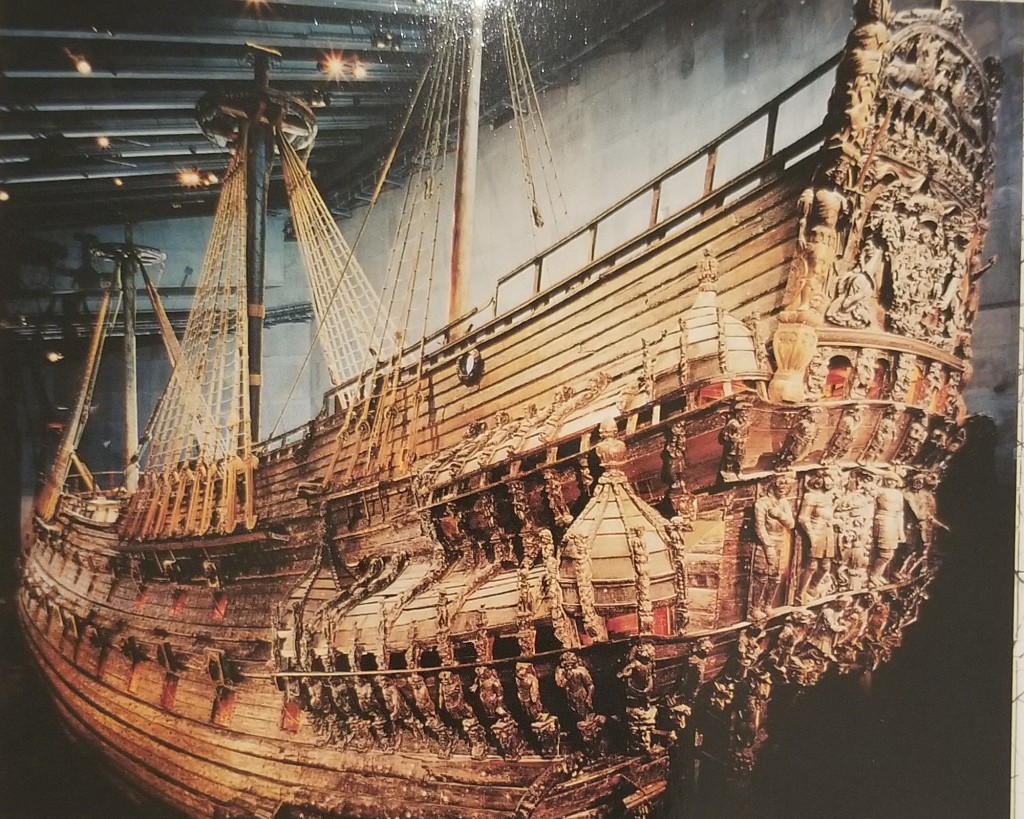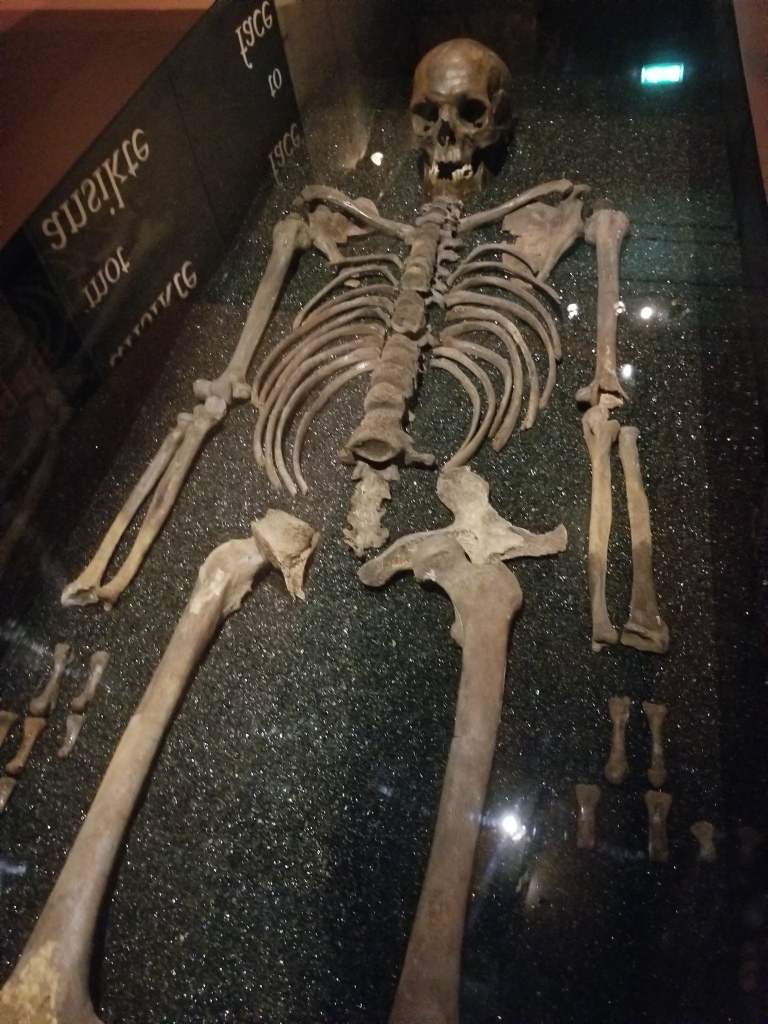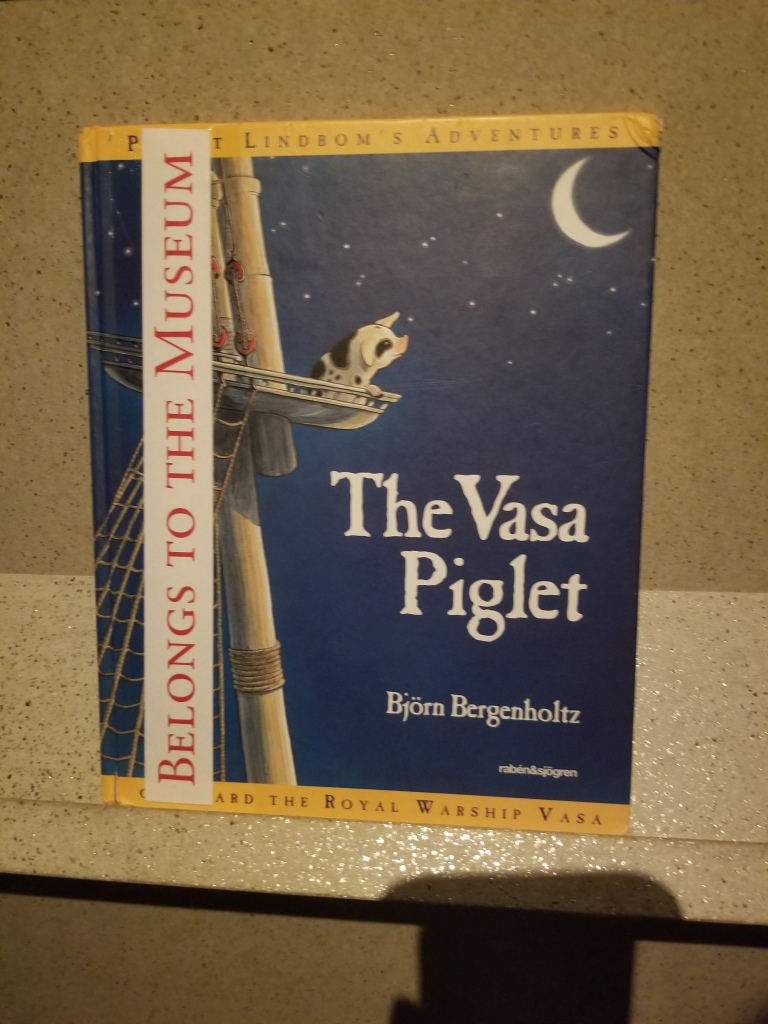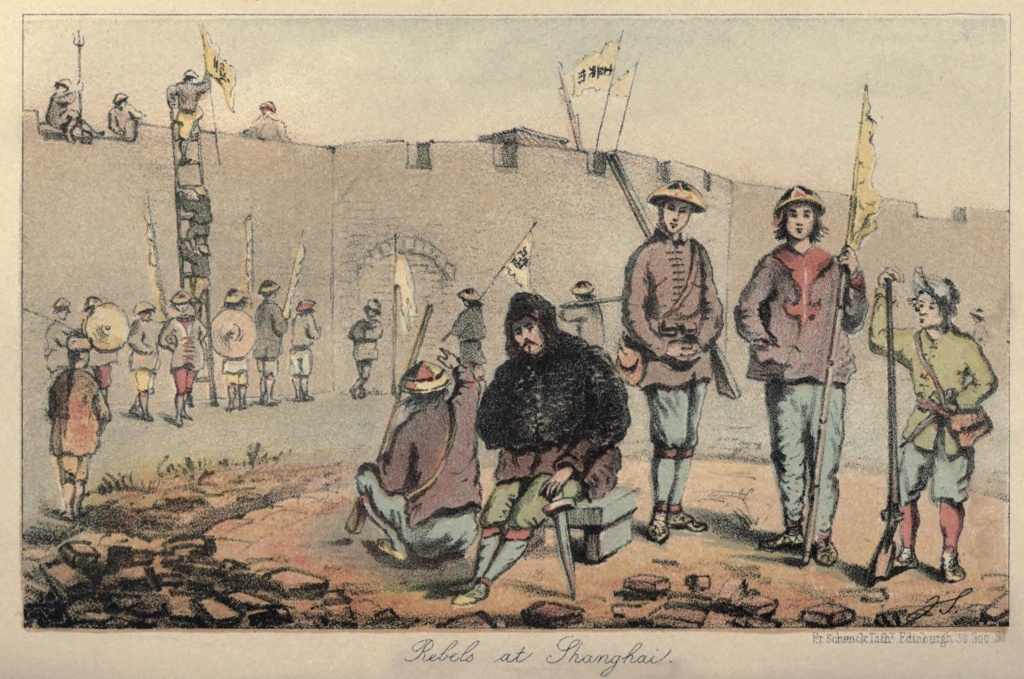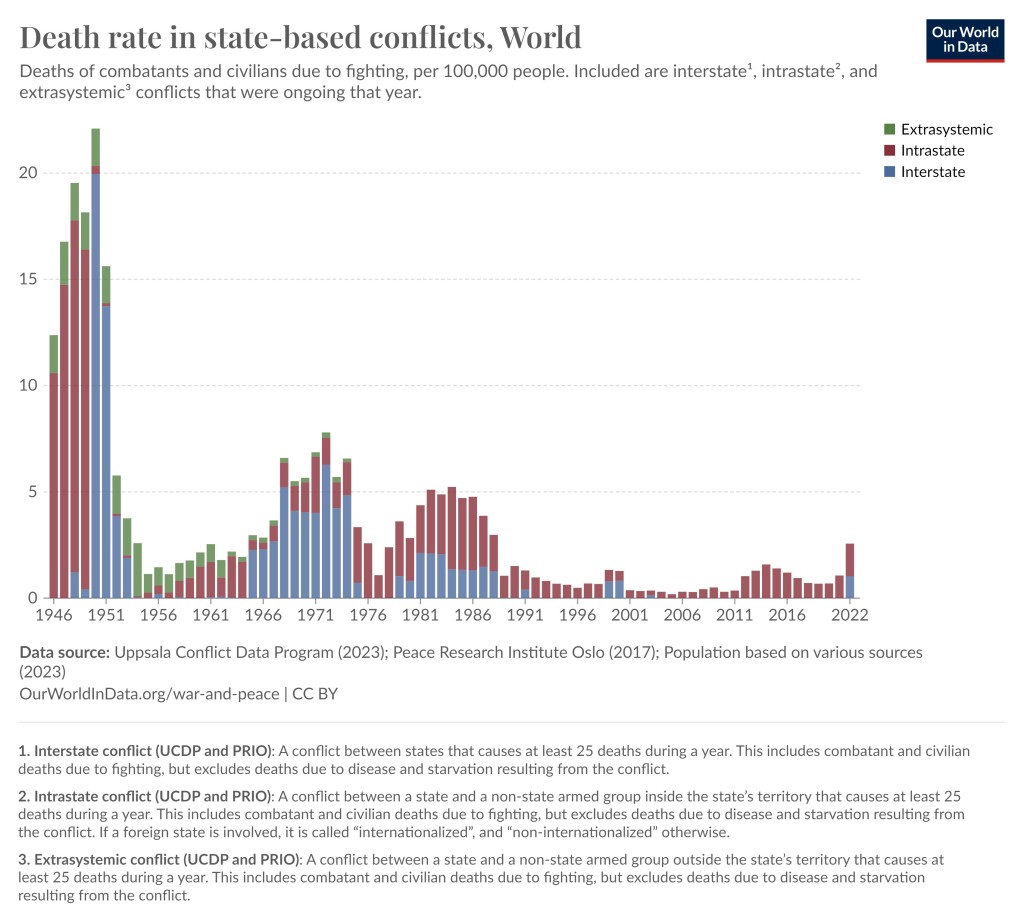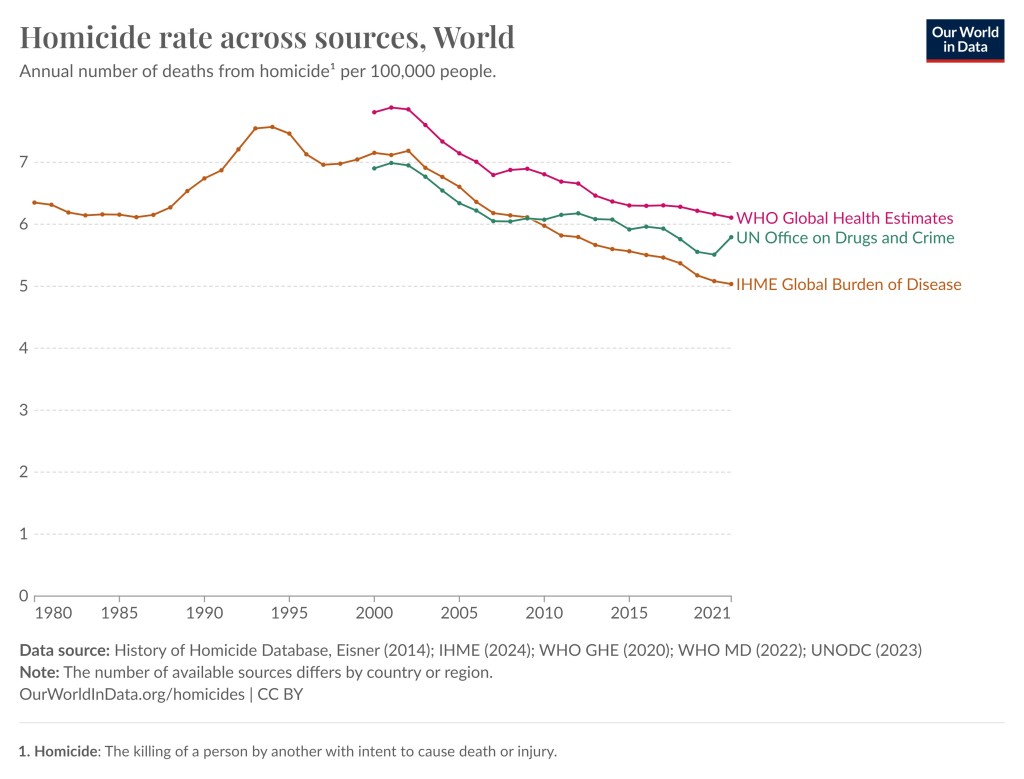I am currently traveling in Scandinavia with my oldest son and his wife. Therefore, my blogging activities are a little bit less than usual. This particular post is not a super-fact, but it features some interesting facts regarding Scandinavian folklore and mythology. Yesterday, we visited a Norwegian Fjord called Sognefjord, which is said to be the dwelling of a number of Huldra, which is their name in Norwegian, or Skogsrå (forest fairy) in Swedish. Sognefjord is also known to be a narrow deep and long fjord. Sognefjord is one mile deep and 45 miles long and it is surrounded by tall mountains.


A Huldra or Skogsrå or Tallemaja in Swedish is a seductive female creature who lures men with her beauty and beautiful singing and then kills the men. It should be noted that I read that if you meet a Huldra in the forest and you treat her with respect she will not kill you. She would just enjoy your company for a while, talk to you, sing to you, show you the beauty of the forest, and then she would let you go. It is only the rude and selfish men who don’t respect her boundaries whom she kills. What do you think is the truth?

We took a two-hour cruise on Sognefjord and after the cruise we took a train to the top of the surrounding mountains. Along the way we encountered a Huldra by a waterfall. She sang to us in her beautiful voice, and she seduced us all, both men and women, to take photos of her with our phones and posting them on social media.
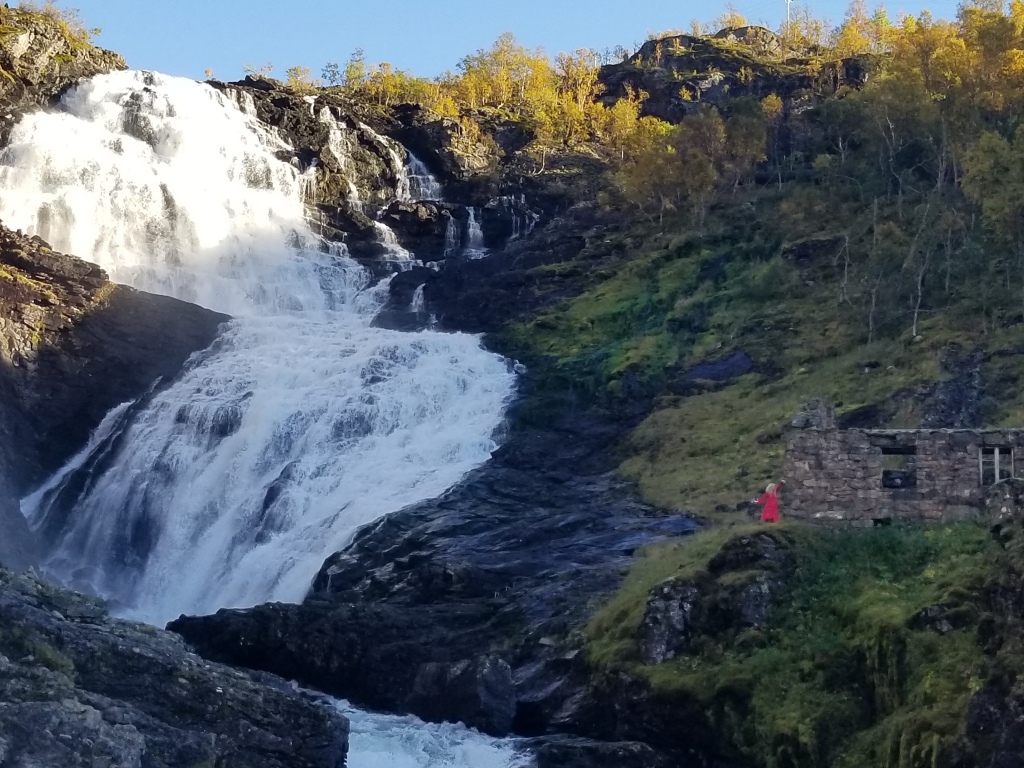

Scandinavian Folklore Creatures:
The Huldra / Skogsrå is not the only creature in Scandinavian folklore. There are many. Below is a list of Scandinavian folklore creatures.
- Huldra / Skogsrå – the aforementioned female forest spirit who may kill the men she lures with her beauty and beautiful singing.
- Troll – Trolls are large ugly creatures with magical powers. They typically live in caves and sunlight is dangerous to them. They are typically hostile to humans and may kidnap people, including children, to work in their mines.
- Näcken – is a male creature who lives by the water, creeks, rivers, ponds and lakes. He lures children and others to their death. In southern Sweden (Scania) he seduces people by skillfully playing a violin thus creating irresistible music.
- Vittra or Vitterfolk – are supernatural spirits or small invisible people who have a lot in common with people. They own cattle and they sometimes interact with people. Usually, they stay out of your way, but if you hurt them, for example by throwing hot water out the window without warning them first, they may take revenge on you and burn down your house. Vittra are not evil but not friendly either. The belief in Vittra is especially prevalent in northern Sweden.
- Tomtar – gnomes – nisse – is another type of small magical people related to vittra but unlike vittra they are friendly. They may help you with your projects and duties as long as you are nice to them. They help you with your farm and your animals, warn you of danger, and bring you gifts for Christmas if you in return give them food, such as porridge. The Swedish Santa Claus is not one guy, but a Tomte, and there are many Tomtar, often one Tomte per house. It makes a lot more sense. How could one guy bring presents to all the children around the world? He would have to fly faster than the speed of light. No, it is rather an army of Tomtar who does that work. The Walt Disney Santa Claus invention is not realistic. Ancient superstition makes more sense.
- Storsjö odjuret – this is a Swedish lake monster like the Loch Ness monster. It resides in a lake in northern Sweden.
- Kraken – a gigantic octopus that can bring down entire ships.
- Blodstämmare – this is not a creature but a very common superstition in northern Sweden. There are people, blodstämmare, who can stop the flow of blood by uttering magical phrases while focusing their minds on the person in question. This power is usually used for good to help people who are bleeding. It can also be used for evil, like black magic, to stop the blood flow in someone’s heart. This superstition is based on Sami (indigenous north Scandinavian people) Shamanism and north Swedish Christian fundamentalism (Laestadians). It is respected enough that some north Swedish hospitals has used blodstämmare in emergency situations. The father of a close friend of mine called a blodstämmare when he had a bad nosebleed, and it worked. I know anecdotes are not valid scientific evidence, but maybe someone should do a study.

Do I believe in the existence of any of these creatures? No, I don’t, but I am curious, what are the mythical creatures in your culture?



